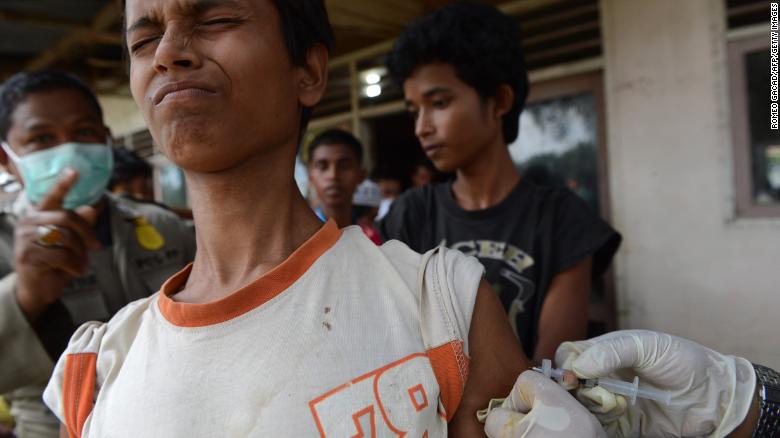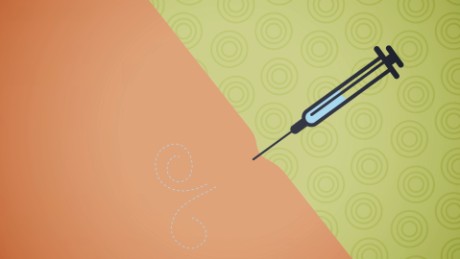(CNN)A mumps outbreak at the Harris County jail in Houston has forced staff to isolate 14 symptomatic people and quarantine a few hundred other inmates, officials said Thursday.
Of the 11 inmates and three medical staff members put in isolation, seven are confirmed to have mumps, and blood tests are pending for the other seven, Houston health department official Dr. David Persse told reporters.
News of the outbreak in the Houston facility comes a day after officials announced a quarantine at the jail in Bergen County, New Jersey, because of suspected mumps cases there.
At Texas' Harris County jail, the first case appeared around May 17, and the other cases came along a couple weeks later, as would be expected with the virus's 12- to 25-day incubation period, Persse said.
About 300 inmates who may have been in close proximity to the 14 -- such as cellmates of the ill -- have been temporarily quarantined in a certain cell block, even though they are not showing symptoms, said Chief Darryl Coleman, commander of the sheriff's criminal justice command.
The quarantine of the 300 is precautionary because infected people may still spread the virus a couple days before showing symptoms, Persse said.
"We're going to navigate through this and make sure we take every precaution," Harris County Sheriff Ed Gonzalez said.
The jail has a population of about 8,000 inmates on any given day, Harris said.
Mumps is caused by a virus
As of May 24, 1,002 cases of mumps were reported this year in the United States, according to the US Centers for Disease Control and Prevention.
That's nearly on pace for the total for all of 2018 (2,251) but well under the rate for spikes in 2016 (6,366) and 2017 (6,109), the CDC says.
Mumps is a disease that is caused by a virus. It is spread through saliva or mucus by coughing, sneezing or talking, and by sharing eating utensils or cups. It can also spread when an infected person touches items or surfaces that are then touched by someone else who picks up the virus.
The best way to prevent mumps is with a vaccine, and the measles, mumps and rubella (MMR) vaccine is 88% effective for mumps when two doses are given, the CDC says.
Outbreaks usually occur among people who have close contact with an infected person or people, such as on college campuses and among sports teams.
Symptoms can appear 12 to 25 days after a person is infected and can include fever, headache, muscle aches, being tired and loss of appetite. The hallmark, though, is swollen glands under the ears that are tender. But not everyone has symptoms, especially if they are experiencing a mild case of the illness.
When there is a mumps outbreak in a facility where adults are detained, the US Immigration and Customs Enforcement Health Service Corps recommends the vaccine be given "to detainees with known exposure to at least one laboratory-confirmed person with measles, mumps or rubella." It's also recommended that catch-up vaccinations be given to those younger than 18.






